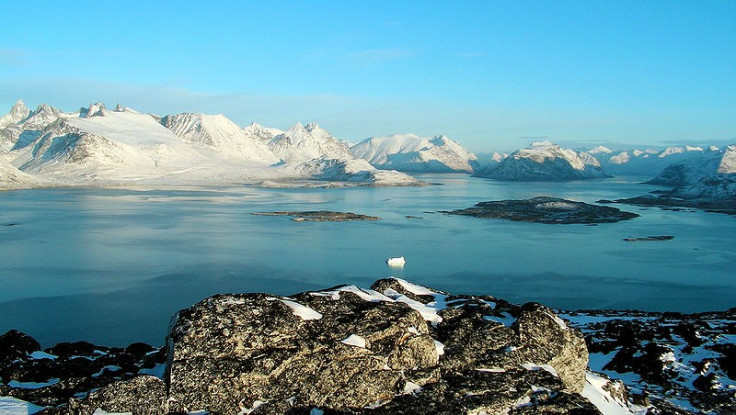Greenhouse Gases from Thawing Permafrost 'Accelerating Global Warming'

Thawing permafrost is releasing huge amounts of greenhouse gases into the atmosphere with the potential to accelerate global warming.
Large quantities of methane are being released through the melting of permafrost – soil that remains frozen throughout the year, normally located in Polar regions.
Researchers at Florida State University say that when permafrost thaws, it decomposes and produces increased amounts of methane. With global temperatures on the up, the researchers say this is becoming an ever increasing risk.
When plants break down, they release carbon into the atmosphere, researcher Jeff Chanton said. If all permafrost melts entirely, there would be five times as much carbon in the atmosphere than current levels.
Compared to CO2, methane has a much larger potential to cause global warming - it is 33 times more effective at warming the Earth in terms of mass and century timescale.
Published in the Proceedings of the National Academy of Sciences, lead author Suzanne Hodgkins said: "We've known for a while now that permafrost is thawing. But what we've found is that the associated changes in plant community composition in the Polar regions could lead to way more carbon being released into the atmosphere as methane."
Chanton added: "The world is getting warmer, and the additional release of gas would only add to our problems."
Their research comes as the United Nations warns that the world is running out of time to face climate change and the problems it poses.
According to a report seen by Reuters, the UN has said world leaders will have to impose drastic cuts on their greenhouse gas emissions to stop global temperatures from rising 2C above pre-industrial times.
Johan Rockstrom, head of the Stockholm Resilience Centre, said: "The window is shutting very rapidly on the 2 degrees target. The debate is drifting to 'maybe we can adapt to 2C, maybe 3C or even 4C'."
© Copyright IBTimes 2025. All rights reserved.






















